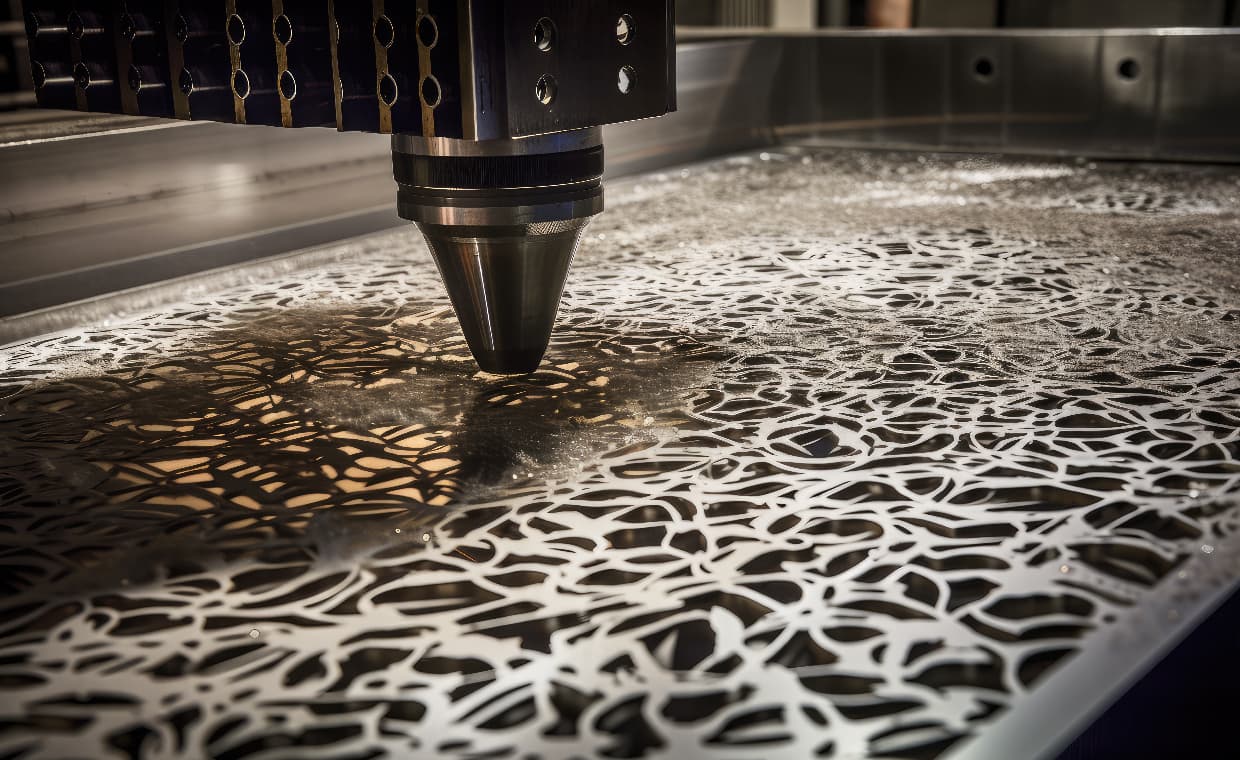
In the ever-evolving world of manufacturing and design, the quest for efficiency, precision, and versatility never ends. Custom plastic fabrication, a cornerstone in numerous industries, has seen transformative advancements, notably through CNC routing (Computer Numerical Control).
This technology has revolutionised how we approach the creation and customization of plastic components. Let’s delve into how CNC routing is enhancing custom plastic fabrication and why it’s becoming an indispensable tool for businesses looking to stay ahead.
The Precision Advantage

One of the most significant benefits of incorporating CNC routing into plastic fabrication is the unparalleled precision it offers. Traditional methods, while effective, often come with the risk of human error, potentially leading to inconsistencies in the final product.
CNC routing, on the other hand, is governed by meticulously programmed instructions, ensuring that each cut, hole, or contour is executed with exacting accuracy. This precision is particularly crucial in industries where even the slightest deviation can compromise the functionality or safety of a component.
Speed and Efficiency: A Game Changer

In today’s fast-paced market, time is of the essence. CNC routing accelerates the production process, allowing for the rapid creation of parts without sacrificing quality.
Unlike manual techniques that require extensive setup and adjustment, CNC machines can swiftly move from one design to another, making them ideal for both large-scale production runs and bespoke projects. This efficiency not only helps meet tight deadlines but also contributes to a more streamlined manufacturing workflow, ultimately reducing costs and increasing productivity.
Versatility in Design

The flexibility of CNC routing opens up a world of possibilities for custom plastic fabrication.
With the ability to handle a wide range of materials and thicknesses, it empowers designers to push the boundaries of creativity and innovation. Whether it’s intricate patterns, complex shapes, or precise fittings, CNC routing can turn the most ambitious designs into reality. This versatility makes it a valuable asset across various sectors, including automotive, aerospace, and consumer goods, where customisation and uniqueness are highly sought after.
Enhanced Durability and Material Conservation

CNC routing not only enhances the aesthetic and functional aspects of plastic components but also contributes to their durability.
The precision of the cuts and the smoothness of the edges can improve the structural integrity of the parts, making them more resistant to wear and tear. Additionally, the accuracy of CNC machines minimises material wastage, allowing for more sustainable production practices. By optimising the use of resources, businesses can reduce their environmental impact while also saving on material costs.
A Path to Innovation with CNC Routing

The integration of CNC routing in custom plastic fabrication is not just about improving what’s already there; it’s about unlocking new potentials. The technology’s adaptability encourages experimentation and innovation, leading to breakthroughs in product design and functionality. For businesses looking to stay competitive and captivate their markets, embracing CNC routing is a step towards a future where the only limit is imagination.
To find out more about how CNC routing can transform your custom plastic fabrication process, exploring the capabilities and services of leading providers in this field is a great starting point.
These experts can offer insights and solutions tailored to your specific needs, ensuring that you fully leverage the benefits of this cutting-edge technology.
Conclusion
In a nutshell, CNC routing is redefining the landscape of custom plastic fabrication. Its impact on precision, efficiency, versatility, and sustainability makes it an invaluable tool for businesses aiming to innovate and excel. As we move forward, the integration of such technologies will continue to play a pivotal role in shaping the future of manufacturing and design.
Also read this interesting article:
CNC Machining in Sustainable Architecture_ Crafting Eco-Friendly Components






























